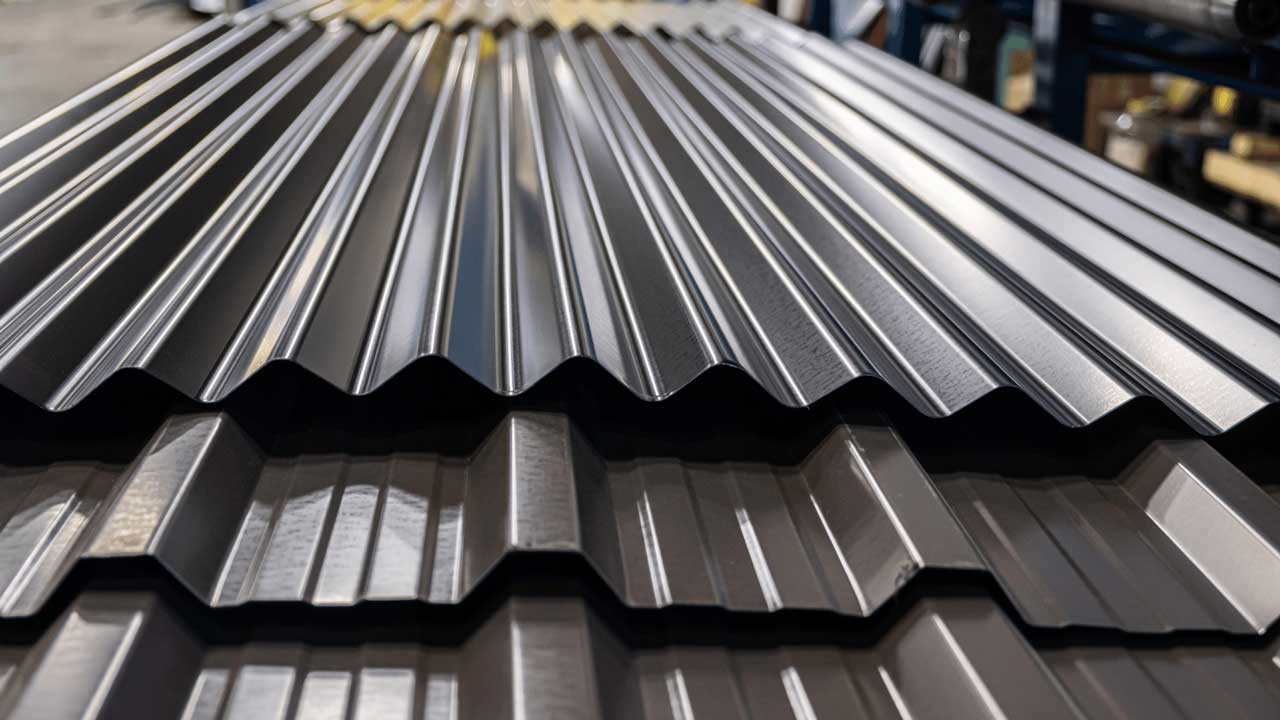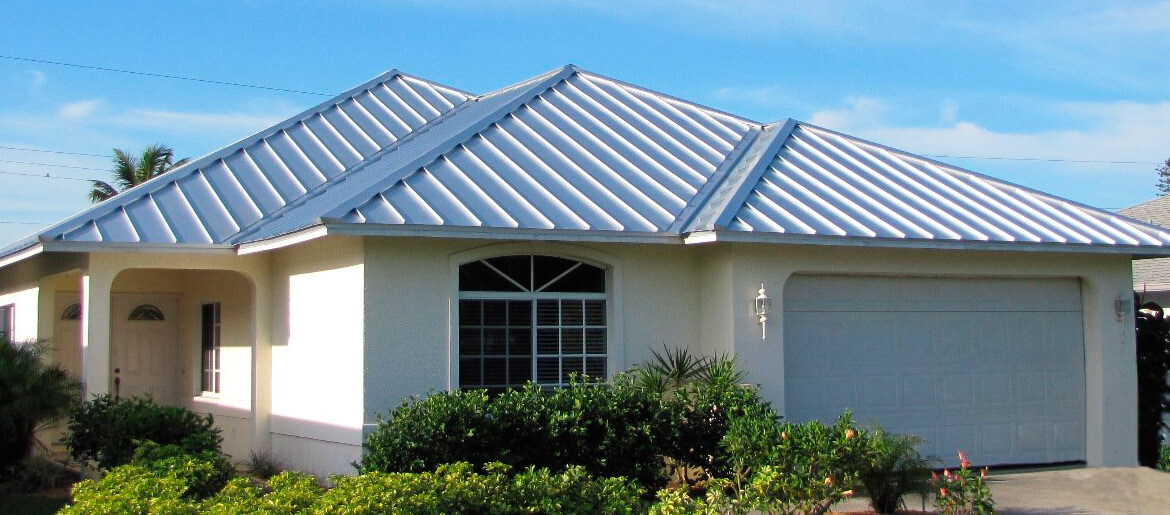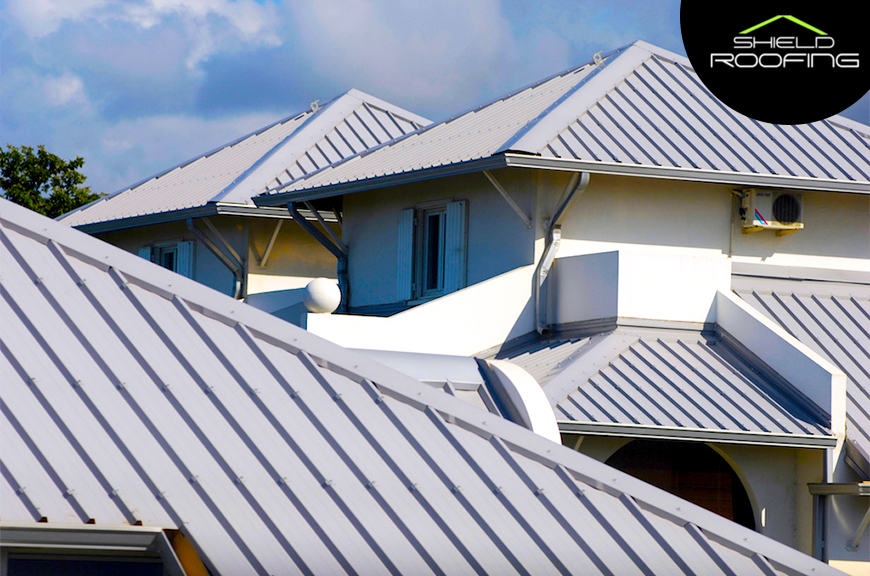Metal roofs are a popular choice for many homeowners due to their long-term durability and low maintenance. Installing a metal roof requires careful consideration, however, as there are several things that need to be taken into account before making the final decision. This article provides an overview of important considerations that must be made when deciding whether or not a metal roof is right for you. It will cover topics such as cost, installation options, and potential benefits of having a metal roof. Additionally, it will provide tips on how to properly prepare for your new roofing project so that you can make the most out of your investment. By understanding all aspects of installing a metal roof, readers can ensure they make the best possible decision for their home improvement needs.
Advantages And Disadvantages Of Metal Roofs
Metal roofs have become increasingly popular in recent years, offering homeowners a long-term solution to roofing problems. Instead of traditional asphalt shingle roofs that require frequent maintenance and replacement over time, metal roofs can last for decades without needing any substantial repairs or replacements. While this makes them an attractive option for many homeowners, it is important to understand the advantages and disadvantages before making this big decision.
One major advantage of metal roofs is their durability; they are resistant to high winds, hail, snow, fire and rot – all factors which contribute to the longevity of these types of materials. Metal also has reflective properties which helps reduce energy costs by keeping your home cooler during hot summer months. These properties are particularly beneficial if you live in areas with warm climates year round. In addition, metal roofs come in a variety of styles and colors so you can find one that fits your aesthetic preferences while keeping your budget in mind as well.
Although there are several benefits associated with installing a metal roof, there are some drawbacks too. The cost of installation is typically more expensive than other roofing options due to the complexity involved in properly securing the material onto the house frame. Additionally, metal roofs tend to be louder than other materials when exposed to rain or hail – something that could potentially be disruptive to those living underneath it. Finally, even though metal does not require much maintenance once installed, periodic inspections should still take place just like any other type of roofing system in order to ensure its integrity over time.
Roof Types And Materials
The roof is an essential element of any building. It provides protection by keeping out the elements and also contributes to the aesthetics of a home. To ensure that your roof is suitable for your needs, there are various types of materials available on the market. This article will discuss some of these materials and their advantages and disadvantages when compared to metal roofs.
When it comes to roofing materials, metal has become increasingly popular in recent years due to its durability and low maintenance requirements. Metal roofs have been known to last up to 50 or even 100 years with proper installation, which makes them a great choice for homeowners looking for long-term security from their investments. In addition, they reflect heat from the sun so can help reduce energy bills as well as provide excellent insulation during both hot and cold weather conditions. As far as drawbacks go, one disadvantage could be noise produced when rain falls onto the surface of a metal roof; however this issue can easily be addressed through additional soundproofing measures such as installing acoustic tiles or adding layers of material underneath the metal sheeting.
Other materials used for residential rooftops include asphalt shingle, wood shakes, clay tile and slate tiles amongst others. Each type has its own unique benefits; asphalt shingle is easy to install and relatively inexpensive whereas wood shakes offer a more natural aesthetic but require frequent maintenance due to rotting over time if not treated properly. Clay tile is fire resistant but extremely heavy while slate tiles are beautiful yet expensive amid other factors like drainage problems due to water accumulation and fragility under extreme weather conditions like hail storms or hurricanes being taken into consideration prior to making a purchase decision.
In summary, when selecting a material for your rooftop project you should consider all aspects including cost efficiency, longevity, maintainability as well as environmental impact before deciding on what’s best suited for you. With careful assessment of each option at hand you will be able to make an informed decision allowing you to get maximum value out of your investment while enjoying peace of mind throughout its lifespan.
Cost Estimates And Budgeting
The third factor to consider when installing a metal roof is cost estimates and budgeting. It is important to understand that the cost of materials, as well as installation costs, can vary greatly depending on the type of roof being installed. Before making any decisions it is essential to get several quotes from reputable contractors in order to ensure you are getting the best price possible for your project.
It is also important to be aware of some of the additional factors which may impact the overall cost; these include location, size, complexity and other features such as insulation or ventilation. Additionally, if there are any existing structures on the property that will need to be removed or altered prior to installation this must also be factored into the total cost. As with any major purchase, an adequate amount of research should be completed beforehand so that you have all necessary information at hand before making a final decision.

When planning for a metal roof make sure you take into account not only material costs but also labor costs and potential extra expenses down the line. When done properly, investing in quality materials and installation services can result in a long-lasting roof while staying within budget constraints. Careful consideration of all available options will help ensure that the investment made into your metal roof is money well spent over time.
Installation Process Overview
Installing a metal roof is not a simple task and requires knowledge of the installation process. This article will discuss the general overview of the installation process in order to provide an understanding of what needs to be done before beginning.
Installation begins with laying down substrates, which are materials such as plywood or OSB that form the base for the roofing system. Next, underlayment should be installed on top of the substrate layer; this material helps protect against water infiltration into your home. Once these two steps have been completed, flashing pieces can then be added around openings such as skylights or chimneys, adding one more layer of protection from moisture and other elements. Finally, sealants should be applied at all joints and seams to further secure them and prevent leaks.
The final step involves attaching panels directly onto the substrate using specialized fasteners designed specifically for metal roofs. Depending on the type of fastener used and how it has been secured, extra attention may need to be paid during panel attachment so that they do not come loose over time due to wind or weather conditions. Additionally, any trimming needed will also occur at this stage in order to ensure accuracy when installing panels along walls or edges.
Once all necessary components have been properly attached and sealed, you should now have a safe and effective metal roof ready for use! It’s important to remember that proper installation is key – if done incorrectly you could end up with costly repairs later on down the line. Make sure you read up on each individual component first before proceeding so that you know exactly what needs to happen throughout every part of this process in order for your new roof to last its expected lifespan.
Expertise And Quality Assurance
The installation process of a metal roof is an intricate task that requires expertise and quality assurance. In order to ensure the highest standards are met, it is important for professionals to take part in the project. Quality assurance involves making sure all materials used meet specified requirements and standards, as well as ensuring all installations follow manufacturer recommendations.
Professionals with experience in this type of work should be consulted prior to beginning the project. They can provide valuable insight on how best to go about the process and what tools may be needed. Additionally, they will be able to answer any questions one might have throughout the duration of their project. It is essential that measures are taken to guarantee safety during this kind of job — both for those working on it and passersby alike.
To achieve desired results while adhering to high-quality standards, hiring an experienced professional or team is highly recommended when installing a metal roof. Hiring such personnel also serves to minimize potential risks associated with any DIY projects; therefore, it is strongly advised against attempting such a task without proper training or support from skilled individuals.
Maintenance And Protection Plans
Maintaining and protecting a metal roof is an important part of the installation process. By having plans in place for maintenance, repairs and replacements, owners can ensure their roof will last for years to come. Taking the time to understand what types of protection are available can help people make informed decisions when selecting a metal roofing system.
The first step in setting up a maintenance plan is assessing the condition of the existing roof. Checking for any damage or signs of wear and tear that could indicate potential problems down the road is key. It’s also important to look out for rust, which can be caused by moisture seeping into seams and joints. Once any issues have been identified, it’s then possible to create a tailored plan designed around them.
Protection plans should consider all aspects of metal roofing systems including panels, flashings and fasteners as well as other components such as gutters, drains, ventilation systems and insulation materials. To provide comprehensive coverage:
- Assess: Regular assessments should take place at least once per year to check for any deterioration or defects.
- Repair: Any necessary repairs should be carried out promptly using quality parts from reputable suppliers.
- Replace: Components that cannot be repaired should be replaced with new ones according to manufacturer specifications or regulations set by local authorities if applicable.
- Clean & Protect: Cleaning solutions should be used regularly along with protective treatments like sealants or coatings when needed to extend the lifespan of your metal roof.
Having these preventive measures in place helps reduce costly breakdowns while ensuring that your metal roof remains strong and secure over time. With proper care and attention you can ensure your metal roof looks great today and every day going forward – giving you peace of mind that no matter what Mother Nature throws at it; you’re covered!
Building Code Requirements
Building codes are a set of regulations which govern the construction and maintenance of buildings in order to ensure public safety. When it comes to installing a metal roof, building code requirements must be taken into account. This is especially important for any residential structures due to their complexity and closeness with inhabitants.
The most common requirement when it comes to metal roofs is insulation underlayment; this will help keep heat from being lost through the roof during colder months, as well as prevent condensation from forming on the underside of the panels. In addition, local authorities may require that certain aspects of installation such as flashing around vents and chimneys are completed correctly for fire safety reasons.
It’s also important to note that some areas impose restrictions or prohibitions on specific colors and styles of metal roofs due to its reflective nature; these rules tend to apply more often in urban settings where light can become an issue. Keeping up-to-date with the latest building code requirements before beginning the project is essential if you want your new metal roof installed properly and safely.
Insurance Considerations
When installing a metal roof, it is important to consider insurance considerations. As with any major home improvement project, there are risks involved that should be covered by appropriate insurance policies. Homeowners may need to purchase additional liability coverage for the duration of the construction project and in some cases, after completion as well.
In addition, homeowners will also want to make sure their existing homeowner’s policy covers damage caused by storms or other weather-related incidents. Depending on where you live, it might be necessary to buy separate flood or windstorm coverage if your area is prone to these types of natural disasters. It’s also wise to ask your insurer if they have specific requirements related to metal roofs before starting the installation process.
It’s essential that homeowners understand their insurance needs when planning a metal roofing project and research what options are available in order to ensure adequate protection against potential losses. Taking this step can help provide peace of mind knowing that whatever happens during the installation process and beyond, you’ll have the right coverage in place if something unexpected comes up.


